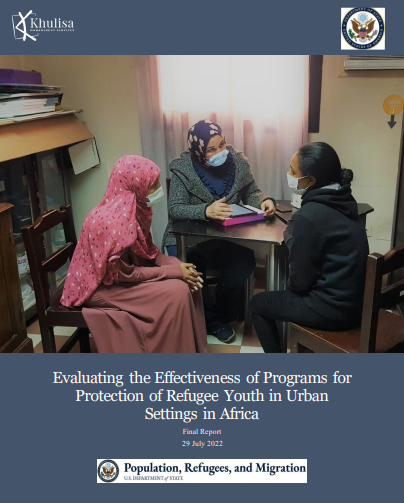Recently, Khulisa was fortunate to learn about Feminist Evaluation (FE) from author and ace evaluator Professor Donna Podems.
Over the next few #EvalTuesdayTips, we’ll be unpacking Donna’s lecture, sharing her insights on the developing theory of Feminist Evaluation and how it differs from gender assessment. In this week’s Tip, we’ll be looking at what Feminist Evaluation is and how to make use of the feminist approach in your evaluations.
“Sometimes I’m a Feminist Evaluator, sometimes I’m an evaluator who is a feminist.”
Prof. Donna Podems
Feminist Evaluation (FE) contains three core beliefs:
- There should be equity among humans
- Gender-based inequalities are systematic and structural
- Inequality leads to social injustice
Although FE has its roots in feminist research and feminist theory, it is much wider than feminism. FE focuses on participatory, empowerment and social justice agendas (Podems, 2010) . Examples of areas and movements that FE is applicable to are:
- Black Lives Matter
- Climate Change
- #MeToo
- Inequalities created by COVID-19
- Sustainable Development Goals
Feminist Evaluation focuses all vulnerable and oppressed people and animals, as well as the well-being of our planet. The figure below depicts eight principles of Feminist Evaluation. Incorporating these principles into your evaluation methodology embraces Feminist Evaluation. Perhaps you will find these principles useful (or familiar) for a current evaluation.

What Sets FE Apart and When to Use it
FE differs from other evaluation methodologies in its explicit engagement with knowledge and ethics, and its open advocacy for creating, implementing, and evaluating change.
Consider the following to incorporate into your evaluation:
- Are at least one of the core FE principles beneficial to the evaluation?
- How would implementing an FE principle or an aspect of FE improve the evaluation?
- Would there be a benefit to data collection methods and decisions through including FE principle?
- Could the incorporation of FE principles provide insights and actionable recommendations to the evaluation?
Read further here:
Podems, D. (2018), Feminist Evaluation and Gender Approaches: There’s a Difference? accessed from https://www.betterevaluation.org/en/resources/discussion_paper/feminist_eval_gender_approaches
Podems, D. (2018), Making Feminist Evaluation Practical accessed from: https://idev.afdb.org/sites/default/files/Evaluations/2020-03/Making%20Feminist%20Evaluation%20practical.pdf


